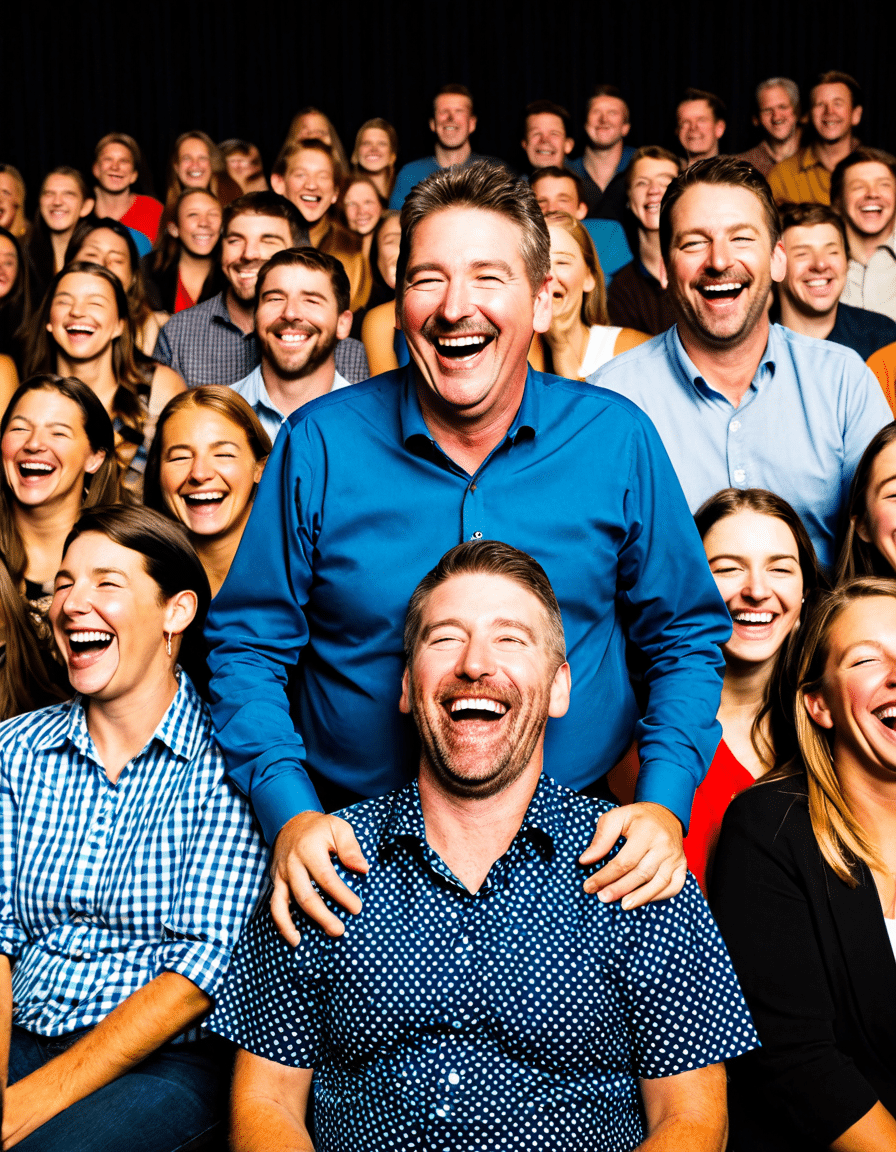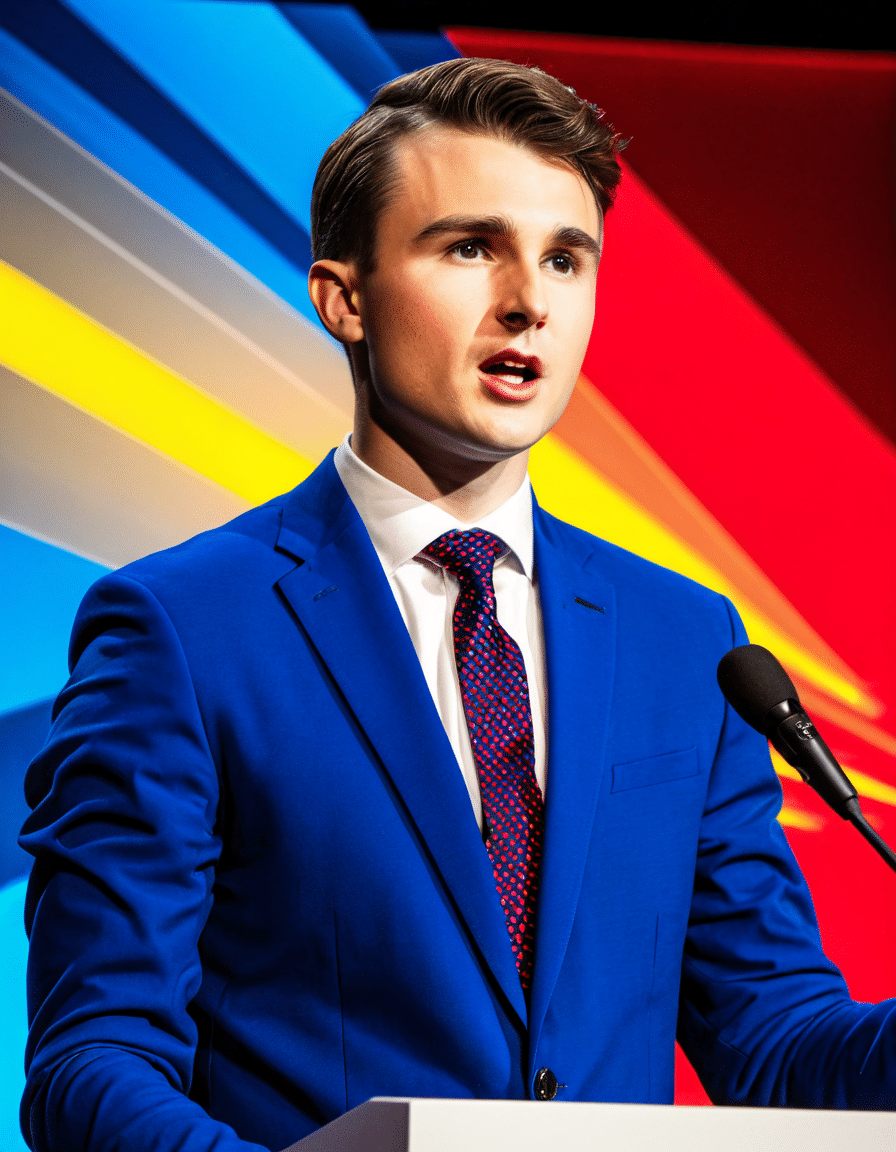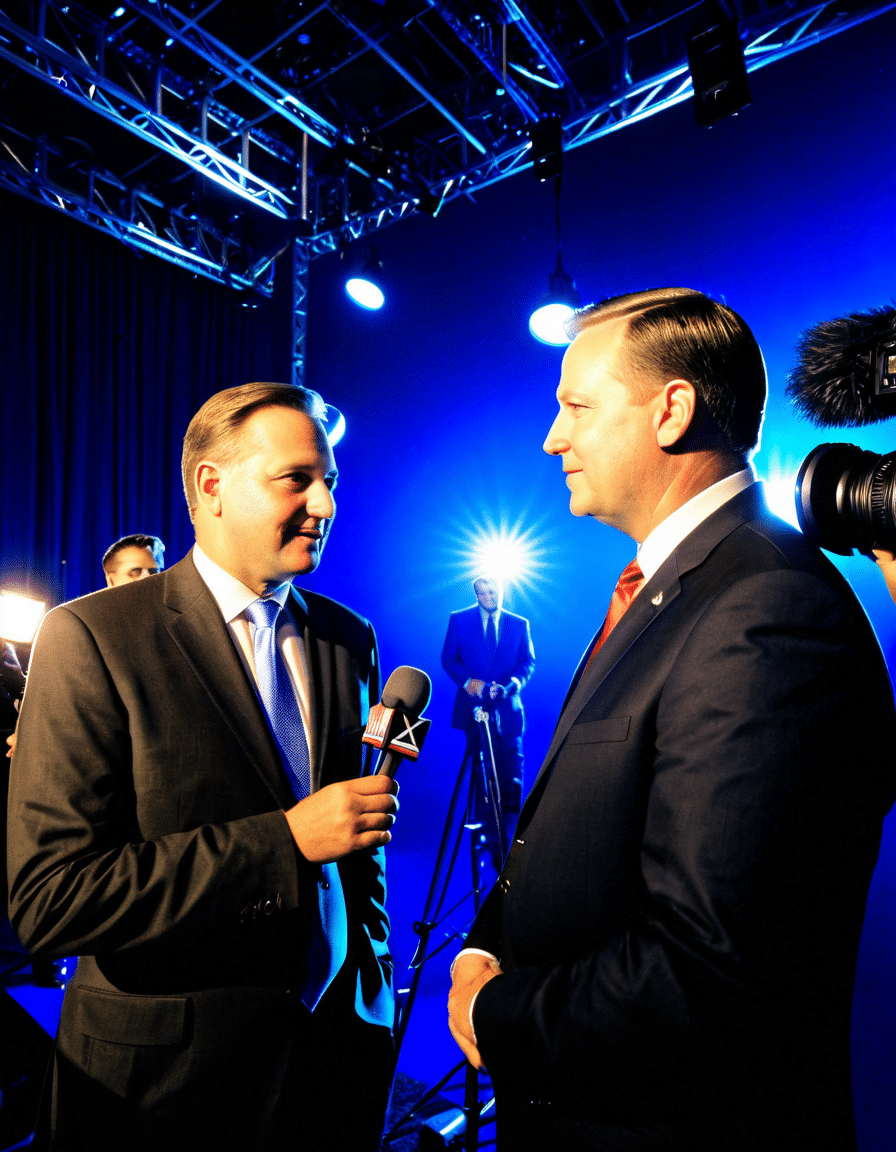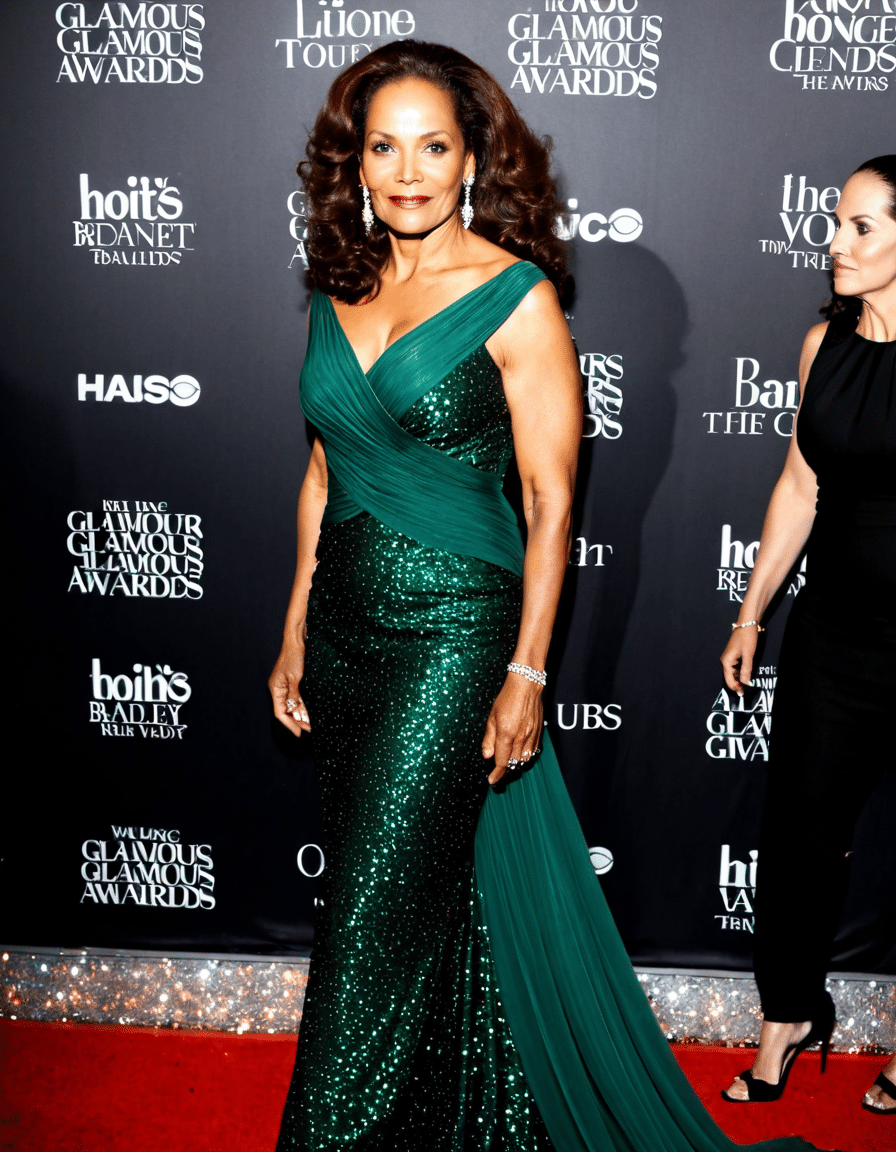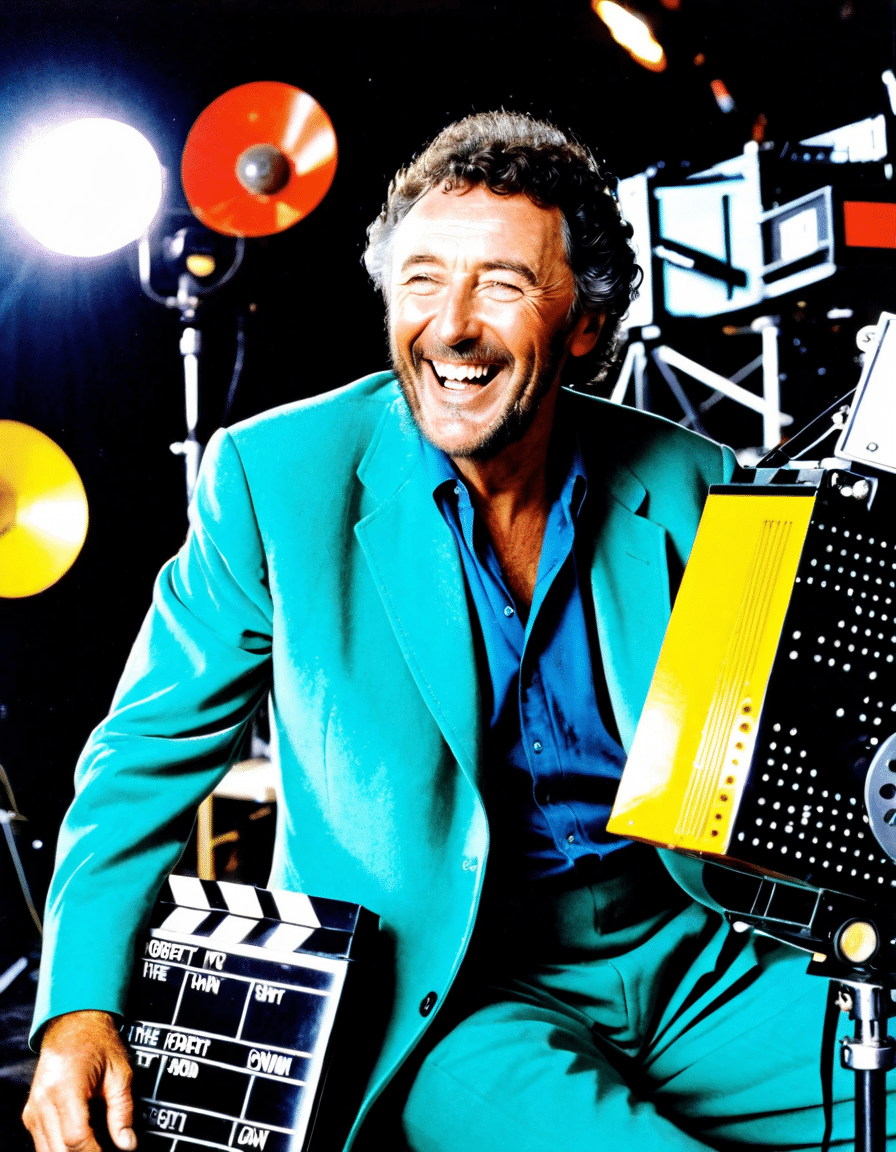In today’s world, where the truth feels as slippery as an eel, Andy Ngo stands out as a divisive figure in journalism. Love him or hate him, it’s hard to ignore his impact on the landscape of media discussions. His work often ignites swirling debates, particularly around free speech, societal upheaval, and identity politics. Let’s dive deep into his background, pivotal moments in his career, and the broader implications of his journalistic endeavors.
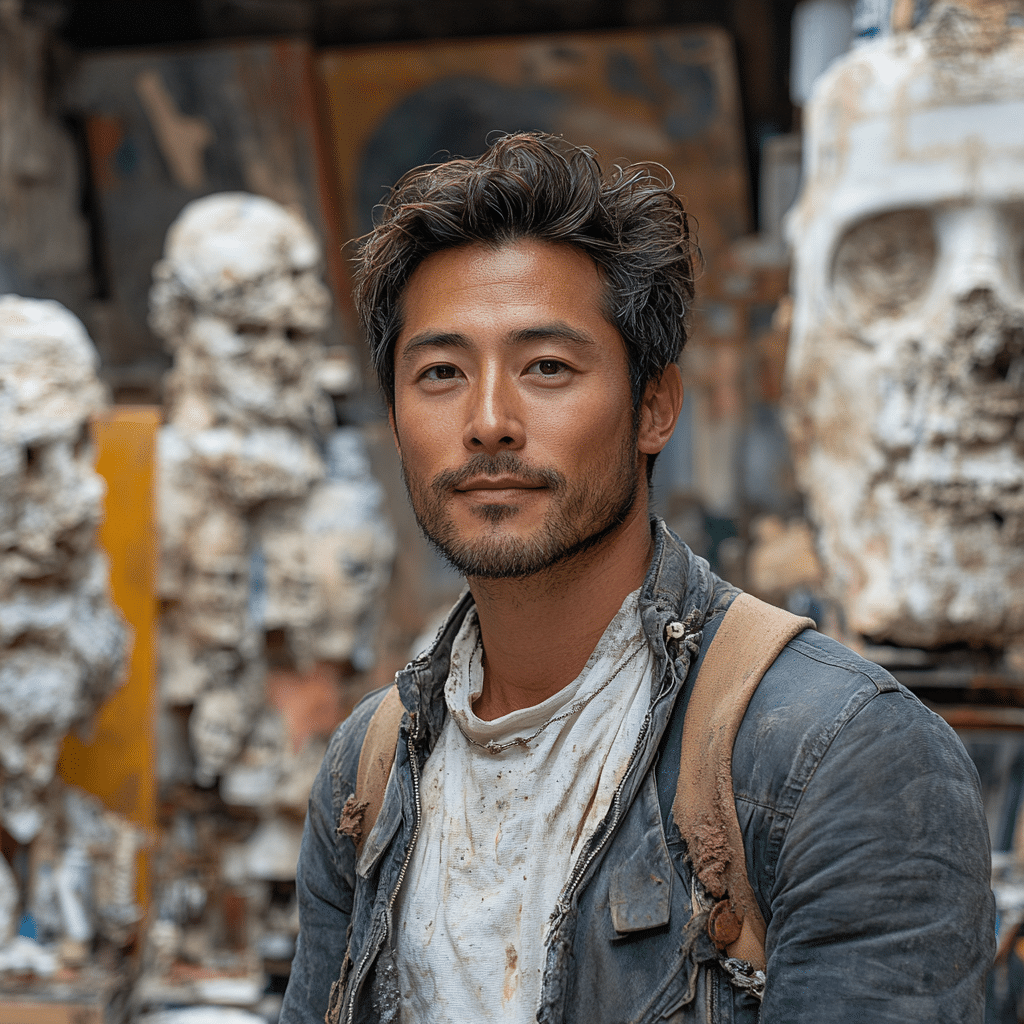
5 Key Moments That Define Andy Ngo’s Journalistic Impact
1. The Antifa Coverage in Portland
In 2019, Andy Ngo burst onto the scene with his extensive coverage of Antifa protests in Portland, Oregon. His eye for detail brought to light the often chaotic on-the-ground realities that many mainstream outlets underestimated. Here he was, knee-deep in it, capturing what felt like the pulse of a societal shift.
Yet this coverage didn’t come without its fair share of flak. Activists quickly accused him of bias, arguing that his portrayal sensationalized violence and misrepresented leftist movements. Critics claimed that he painted a one-sided picture, using his lens to challenge narratives to fit his thesis. It’s a classic example of how perspective shapes interpretation in journalism—a true film noir unfolding in real life.
2. The Assault Incident
The narrative took a dark turn in June 2019 when Andy Ngo was assaulted while reporting. This violent encounter left him with serious injuries, igniting a firestorm of discussions around journalists’ safety in volatile settings. It raised eyebrows not just about the incident itself, but about who gets to define acceptable behavior in a protest.
Supporters of Ngo argued his experience highlighted a chilling reality for reporters who dare to challenge certain narratives and expose uncomfortable truths. However, critics contended that these incidents only stoked right-wing narratives, tying them into greater political agendas. As with any good film, the plot thickened, revealing layers of complexity in public opinion.
3. The Release of “Unmasked”
In 2021, Ngo raised eyebrows once again with his book “Unmasked: Inside Antifa’s Radical Plan to Destroy Democracy.” This work claimed to dig deep into Antifa’s inner workings, suggesting their tactics and strategies were more coordinated and sinister than previously thought. Critics like Meg Hercules, another voice in the journalistic arena, shot back, arguing that Ngo’s offers lacked balance and often ignored broader social contexts that could shed light on the movements.
His revelations only added fuel to the fire. This book didn’t just serve to inform; it polarized audiences even further, solidifying the notion that in the world of journalism, the truth often depends on the storyteller. It became a bestseller and ignited heated discussions, mirroring plot points of films where heroes and villains blur together.
4. His Role in Media Discussions
On social media platforms like Twitter, Andy Ngo became a lightning rod for discussions surrounding journalistic integrity. His online presence frequently stirred ire from critics while simultaneously galvanizing supporters. Engaging debates with figures like Andre Jin, he cultivated a following that both applauded and condemned his approach.
His online activities raised important questions: Is sensationalism an integral part of modern journalism? Or does it just muddy the waters further? Regardless of your stance, one thing’s for sure: Ngo’s narrative underscores the growing divide in how we consume and interpret news, mirroring the tensions we see in our favorite dramas.
5. Legal Battles and Defamation Claims
Ngo’s contentious career hasn’t been without legal scrapes. He’s faced a slew of lawsuits from individuals and organizations upset by his reporting. These legal battles have drawn attention to the media landscape’s fraught relationship with defamation, striking chords among law scholars and media pundits alike.
Experts like Joan Lin, a media law authority, argue that protecting journalistic freedoms is essential, yet ethical considerations must also come into play. After all, how do we hold journalists accountable in a climate where opinions can masquerade as facts? The answers lie muddled in the complexities of storytelling, challenging the age-old adage of journalistic objectivity.
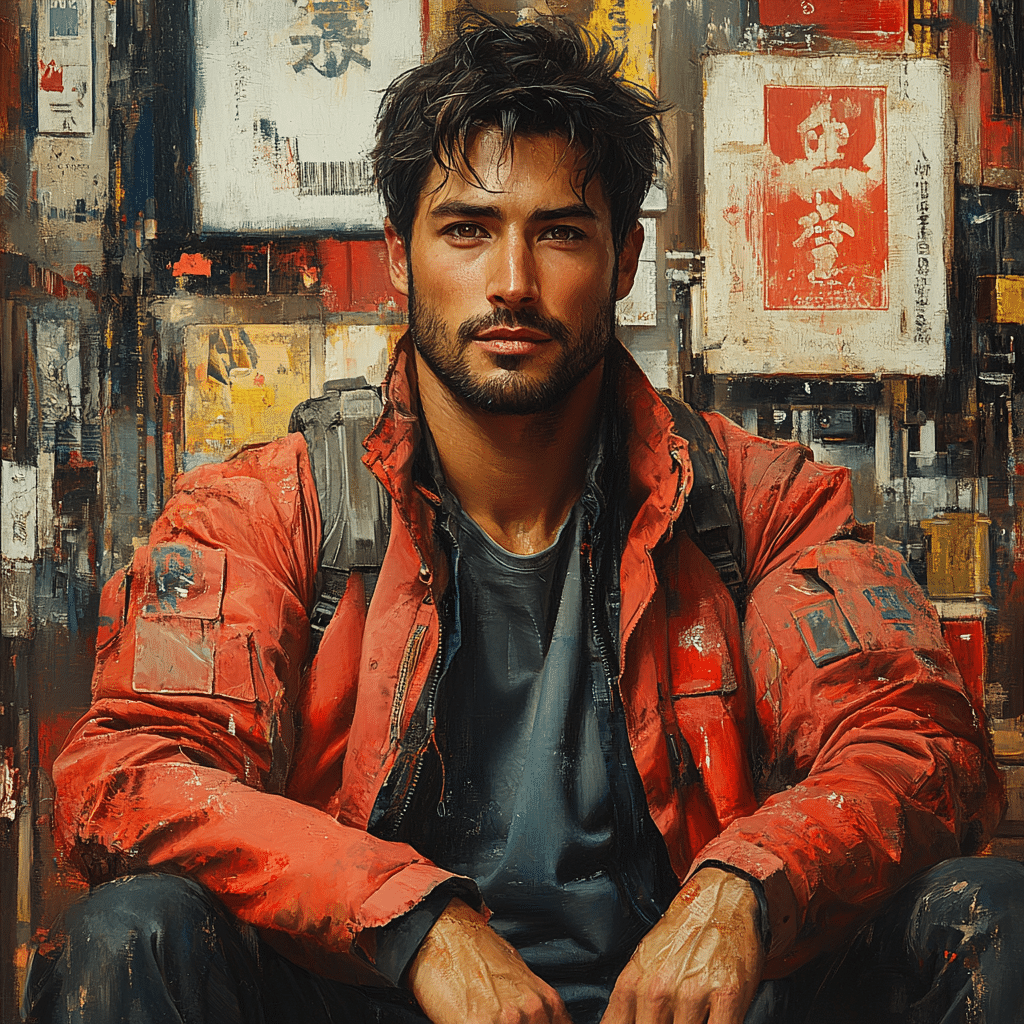
Living in a Post-Fact World: The Role of Andy Ngo and Others in Contemporary Journalism
We’re living in a post-fact world, and figures like Andy Ngo are right in the thick of it. Digital platforms have reshaped how news unfolds, allowing diverse voices to shine, yet often at the cost of clarity. In this environment, the boundaries of opinion and fact blur, creating a wild west of information.
Take attorney Morris Bart for instance; he often weighs in on how defamation laws are often pitted against journalistic freedom. He notes that understanding where opinion ends and fact begins has never been more crucial. Just like a good plot twist in a well-written movie, the stakes keep rising, leaving audiences on the edge of their seats.
The Future of Journalism: Balance or Bias?
As the case of Andy Ngo suggests, journalism stands at a crossroads. Will we maintain integrity amidst growing partisan divides? Or will sensationalism continue to overshadow authenticity? With the lines increasingly blurred, it’s vital for us as media consumers to engage critically with reports, vetting diverse sources and evaluating accuracy against an ethical backdrop.
Navigating through this intricate media landscape isn’t just for journalists; it’s a collective responsibility. The debate around challenging narratives has only just begun, and figures like Andy Ngo will serve as focal points for larger conversations about what we expect from journalism—much like iconic movies do when they tackle the socio-political climate of their time. We’ve seen it all before in our favorite films, but what happens next in this script is up to us to decide.
In a world continually reshaped by information, trust, transparency, and accountability aren’t just buzzwords; they are the cornerstones of honest reporting. As we continue this journey into the future of journalism, know that the stories worth telling may come with complications, surprises, and sometimes, unexpected heroes.
Andy Ngo: The Controversial Journalist Challenging Narratives
Lesser-Known Facts About Andy Ngo
When it comes to journalists making waves, Andy Ngo is definitely a name that pops up. Before diving headfirst into the journalistic realm, he got his start as an editor for a local magazine, paving the way for his tenacity in covering under-reported stories. Speaking of underdogs, did you know that his challenges parallel the kind of rivalry you’d find in a classic sports showdown, like the legendary Browns Vs Steelers? Just as those teams battle out their differences on the field, Ngo’s confrontations in the field of journalism shed light on rarely discussed narratives.
Moving forward, Andy’s unique approach to journalism often puts him at the center of heated discussions. His coverage of Antifa and related protests has drawn both praise and criticism. Interestingly, he’s been compared to artistically constructed narratives seen in films like Beyond The Lights that spotlight real issues. While one might think he simply reports the facts, Ngo often finds himself peeling back layers of story that others overlook—a bit like what you’d find in the captivating performances of actress Harriet Dyer, who brings her characters to life by delving deep into their complexities.
Today, when he’s not exposing hidden truths, he often engages with tech and productivity tools, one of which includes his very own Akko Keyboard. It’s fascinating how tools like this can enhance a journalist’s productivity, allowing them to churn out compelling narratives efficiently. And speaking of narratives, did you know he shares more than a passing resemblance to Dan Humphrey from Gossip Girl? Both are viewed as out-of-the-box thinkers within their fields, each navigating their respective genres with a distinctive flair.
Throughout his career, Andy Ngo has embraced the multifaceted nature of storytelling. Whether through investigative work or social media, he embodies the idea of finding connections everywhere — even in unexpected places, like the vibrancy of communities found in locales such as the River Market in Kansas City. He tackles each report with both spirit and depth, creating a narrative that not only informs but also invites further conversation. The ultimate takeaway? Covering stories isn’t just about the facts; it’s about the connections we make and the stories we choose to tell, much like the engaging dynamic between Stephanie Allynne and her projects. In the end, whether you’re tuning into The Dirt cast or exploring the depths of journalism, there’s always more than meets the eye when it comes to Andy Ngo’s journey.




